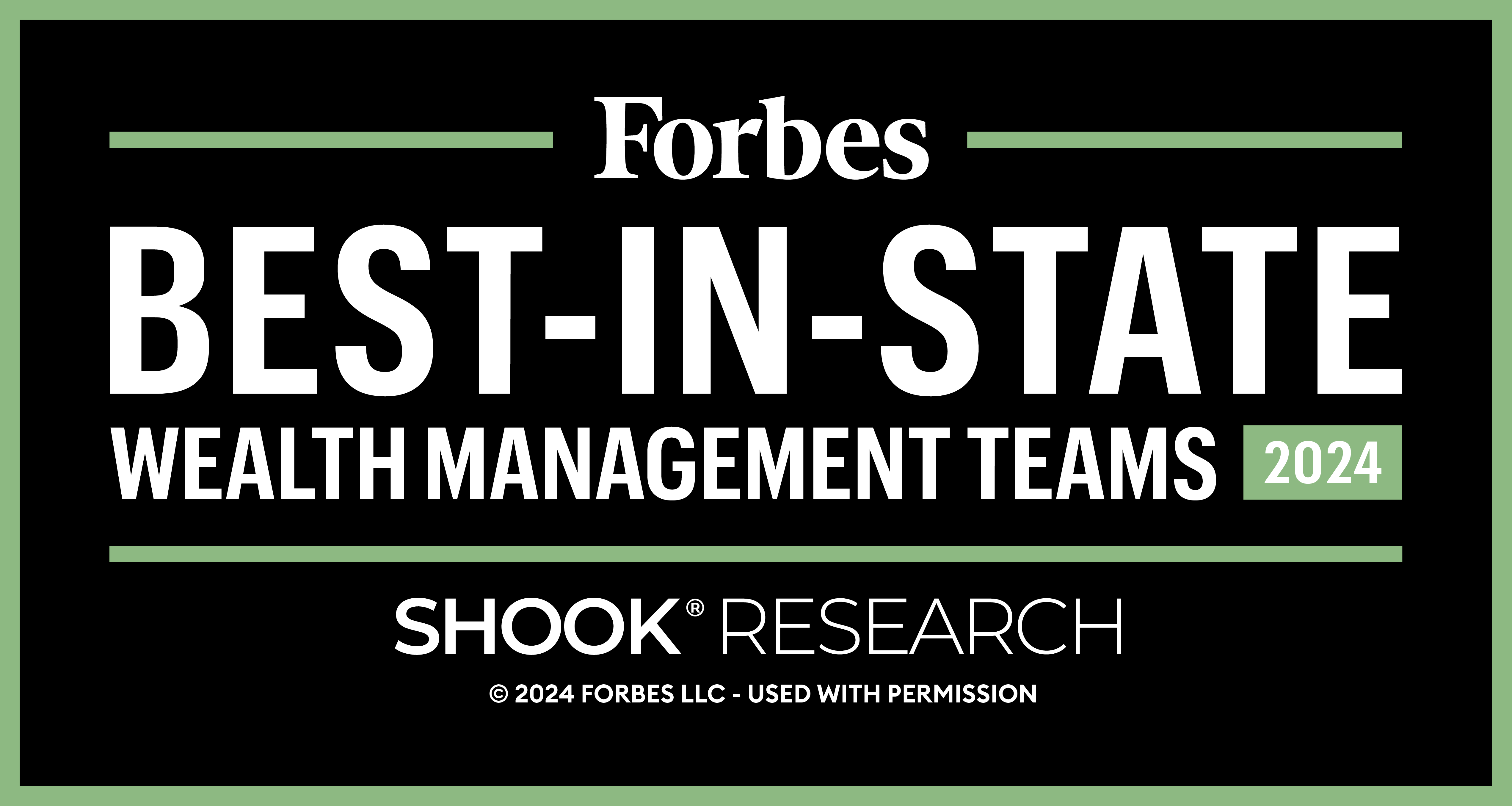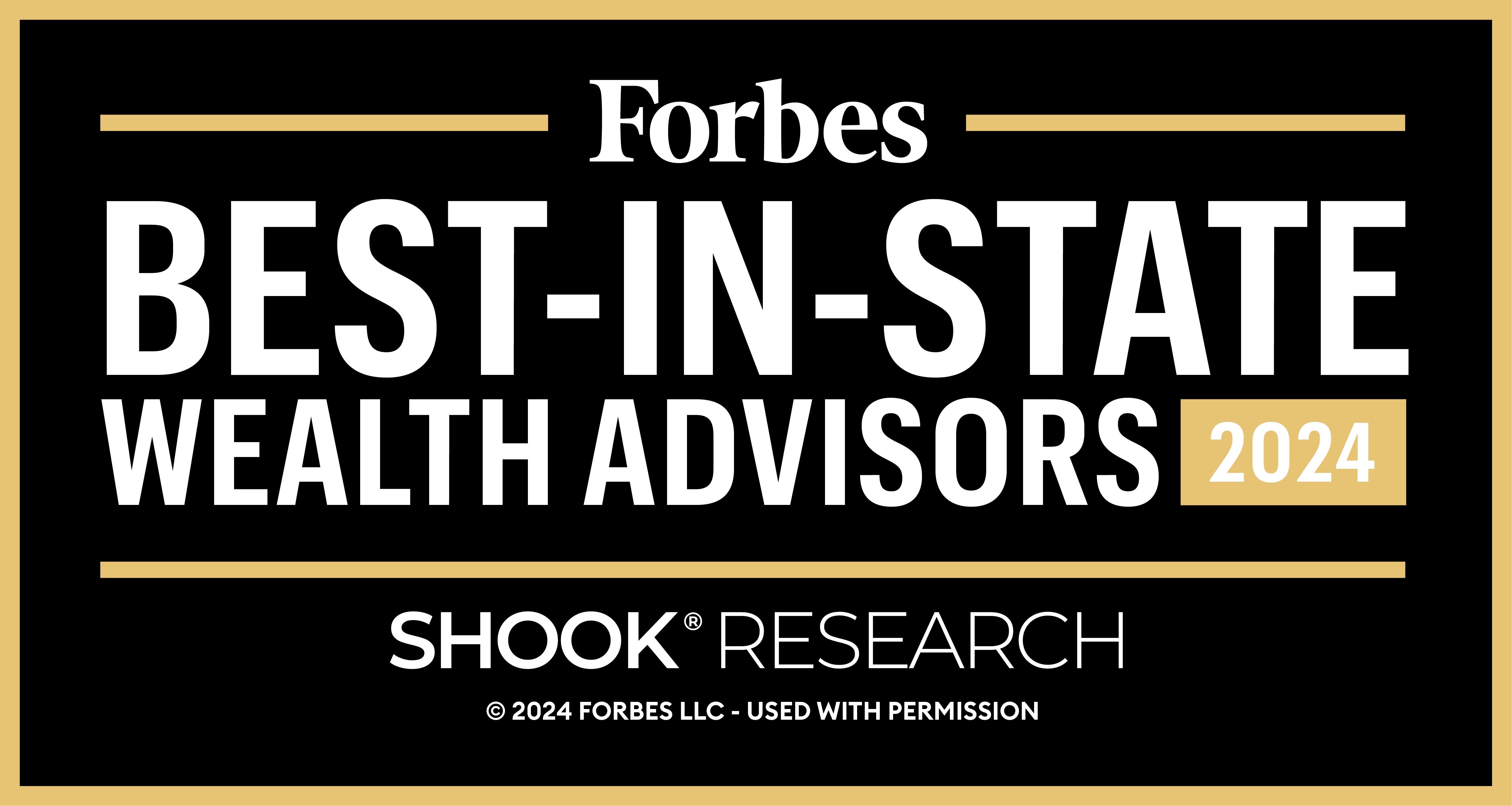Everyone wants big returns and everyone wants to beat the “benchmark” as way of saying my money is working well for me. While benchmarks have become center stage in investment analysis as a tool track returns and hold managers accountable, reducing investment analysis to mechanistic comparisons with benchmark returns oversimplifies a complex process and creates an underlying danger. While benchmarks help shape investment expectations and place current results in perspective, becoming too preoccupied with them can have misleading interpretations of what is occurring in the marketplace. By having a short-term investment time frame, investors can lose site othe important benchmark, their goals. In addition, this mindset can have investors take unwanted risks and miss additional opportunities. Properly evaluating investment managers goes well beyond measuring performance versus a benchmark or peer group.
What good are benchmarks then?
As with any tool, optimal use of benchmarks requires a well-developed understanding of their function. Knowing which function they are built to serve as well as remaining aware of their limitations will help avoid many pitfalls. Benchmarks help measure market sentiment. With the markets being 24-7 live coverage, a little press (bad news sells) goes a long way. What happened with the subprime market in the summer of 2007? The offer historical return information so managers are on a level playing field while putting short-term results in perspective so peer comparisons become easier. Lastly, they allow for manager accountability and compensation
What are their limitations?
Benchmarks do not reflect underlying risks. They are just a composite number and thus do not necessarily interpret what is occurring in the marketplace. For example, an investment manager may go contrarian to what is occurring in the marketplace because of perceived risk. Short term this manager may appear to be underperforming, but if the strategy is correct long term, they may miss a part of the market adjustment and perform better. Benchmarks are not managed to investor objectives. The periods cited by benchmarks are not aligned with market cycles and lastly, investments linked to them capture all the downside of the markets they measure.
What else can investors do?
Investors need to analyze the investment anthe benchmark. Knowing the components and weightings will help explain how return is function of these variables. The cap-weighted architecture governing most benchmarks dictates that larger companies have a greater representation. This approach can represent drag on results. Consider that as of April 2007 the S&P 500 (Standard and Poor’s 500 Composite Index, which is a broad measure of U.S. equities market) remained below its Marc2000 level, yet in the intervening seven years 347 of the 500 stocks that remained in the index registered gains. Without understanding this fact, could your analysis of investment selection be flawed?
Other examples of looking under the hood:
On Dec. 31, 1999, MSCI EAFE (Europe, Australasia, Far East) Index was out of skew. Japan’s corporate profits were inflated by speculative activity. As a result, Japan came to represent nearly 60 percent of the MSCI EAFIndex with an average P/E (Price to Earnings Ratio of 50 versus 13 for the rest. When the Japanese government clamped down on speculative excess, stock prices reverse course and foreign funds tanked. This reoccurred during the information and technology fallout of 2000. Information and technology represented 33.3 percent of the S&P 500, wita P/E Ratio of approximately 60 while the reset of the index had and average P/E of 19. think many know the rest of the story. Who was happy keeping up with the Joneses then.
Do the super performers always stay at the top?
Can you guess the percentage of 10-year top quartile funds that performed below the median for a three- and five-year period based on the Morningstar mutual fund database. See the answers for Large Cap Blend, Mid-Cap Blend, Small-Cap Blend and Foreign Blend at the end of the article. Keep in mind that benchmarking and developing portfolios have another important characteristic in common. While buying an index fund assures you of capturing all the upside, the reverse is true. Developing a portfolio of indexes assures you of capturing that index’s entire downside. There is value to be added by active management and recognizing the inevitability of market downturns. One then can keep from abandoning sound risk reward principles in pursuit of short term, historically anomalous returns
Other points to take away
Market cycles are lengthening, so three-year evaluation time frames generally do not captura fund’s behavior in all types of market environments. Narrowly defining risk as deviation froa benchmark may limit a manager’s capacity to manage risk at the security level. Actively managed funds with broad and flexible mandate can help mitigate volatility and reduce downside capture. Lastly, decision-making based on short-tem results can be counterproductive and may deprive you of a manager’s ability to add value over longer time periods. Answers to to10-year quartile performing funds lagging in three- and five-year time frames as of Dec. 312006: Large Cap Blends 91 percent and 41 percent respectively; Mid-Cap Blend 94 percent and 72 percent respectively, Small-Cap Blen100 percent and 41 percent, and Foreign Blen83 percent and 35 percent. So did you chase returns and constantly buy at the market highand/or did you dump top quartile performers when they were lagging the market for no good reason? It is bad enough when this just happens to you. Imagine the risk taken as a fiduciary on a corporate retirement plan or on the advisory committee of an endowment.
Note: Indexes are unmanaged and cannot be invested directly. Past performance is no guarantee of future results©
2008 Smart Business Network Inc. Reprinted from the April 2008 issue of Smart Business Cleveland








